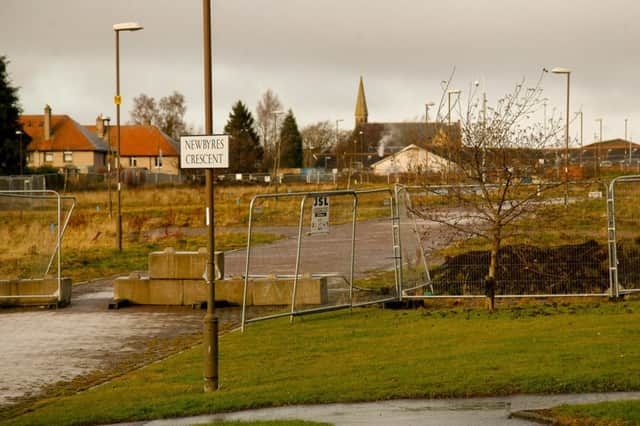Probe launched into gas dangers in disused mines across Scotland


Ministers are looking into the prospect of modifying building regulations after homes on a new-build estate in Gorebridge, East Lothian had to be destroyed a few years back after residents became ill when elevated levels of the gas were discovered.
Sirling-based RSKW will now lead a project to examine the extent of the problem Scotland and potential impacts on future housing developments.
Advertisement
Hide AdAdvertisement
Hide AdThe project will be jointly delivered by RSKW and RSK’s geosciences division, which is based in Glasgow.
“We are very pleased to be carrying out this important research project for Scottish Government to assess the prevalence of carbon dioxide in disused mineral mines and the implications for residential buildings. We look forward to working with all the relevant stakeholders,” said Andrew Gunning, project manager and partner, RSKW.
The three-month desk-based research programme will cover all the former mining areas in Scotland and advise on necessary action.
An incident management report by NHS Lothian published last December 2017 into the Gorebridge incident found 22 residents from a total of 165 in a council estate complained of headaches, dry coughs, dizziness and anxiety between September 2013 and September 2014.
The investigation concluded that the high levels of carbon dioxide in their properties came from historic coal mines in the area.
The incident management team’s report made recommendations about Scottish building regulations and new builds. It advised that mine gas mitigation measures should be mandatory in new residential developments designated as former mining areas by the Coal Authority.
Tom Henman, project technical adviser, RSK said: “This work will build on our previous experience of undertaking environmental research projects and supporting the development of technical guidance on ground gases.”
Twenty-six of the 32 Scottish local authorities have former mining areas, including most of the heavily-populated Central Belt.
Advertisement
Hide AdAdvertisement
Hide AdThe ground gas was most likely from elevated levels of oxidising coal deposits producing carbon dioxide in the abandoned coal workings. Changes in atmospheric pressure and other factors had caused the carbon dioxide to migrate to the surface.
